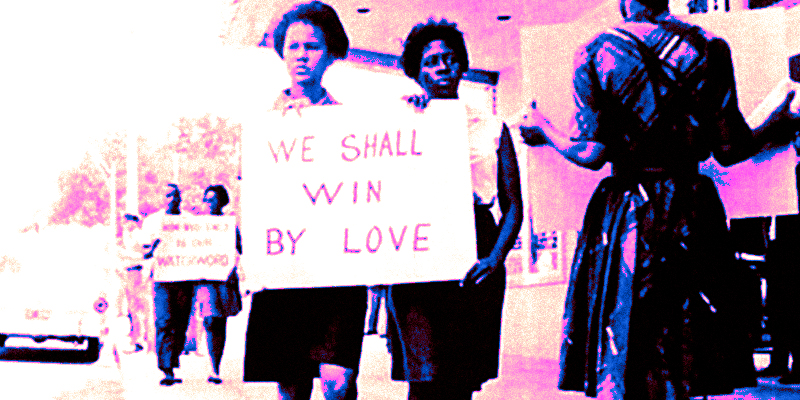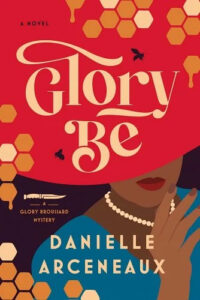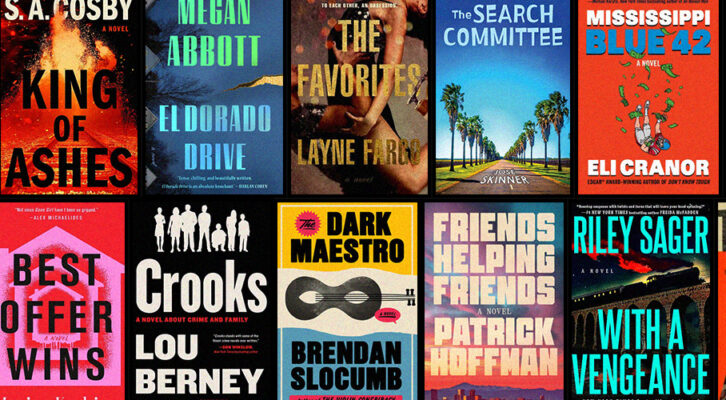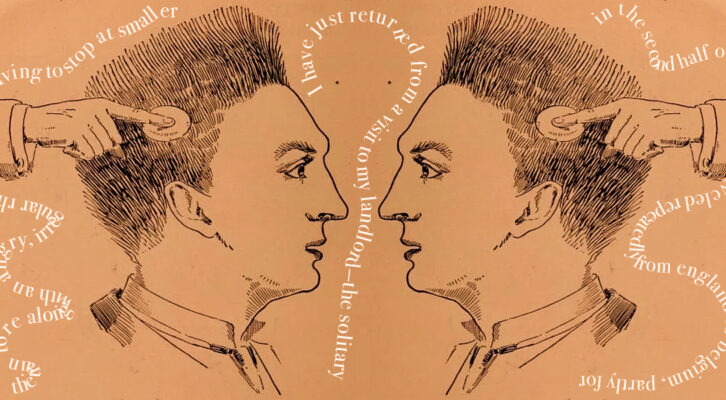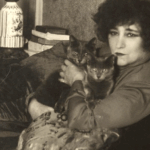I’ve thought a lot about why my mystery sensibilities veer slightly more cozy than hard-boiled. Tayari Jones, author of the superb novels An American Marriage and Silver Sparrow, said it best in an interview with the New York Times: “I like my dead body in Chapter 1, and then spending the rest of the novel figuring it out. Motives should be love, money or revenge. Spare me the sick stuff. I don’t care for thrillers that spend every other chapter in the mind of a psychopath who murders prostitutes with a potato peeler.”
My reading time is precious, and like Tayari Jones, I prefer not to spend mine being brutalized by a work of fiction. With few exceptions, if a book has dead children in the woods, multiple bodies, or describes in great detail what a chainsaw can do to the human flesh, it’s not for me. But that doesn’t mean I’m not as engrossed by a murder mystery as most readers, and now, as an author. Murder is one of the most taboo of all acts, and it’s fascinating to explore the circumstances, both real and fictional, that lead people down the darkest of roads.
Cozy mysteries have satisfied this itch for many readers. We all know the “rules” of the cozy: it must never be too gory; the violence should happen off the page whenever possible; and the romance should be “sweet,” not “steamy.” The setting in a cozy mystery is also a bonus, allowing the readers to sink into a world filled with colorful characters in a tightly knit community—all leaving the reader feeling as if the world is familiar and safe, except for that one pesky killer on the loose.
The cozy has become so saccharine that it’s hard to believe that anything would darken these twee worlds. In this day and age, that dependable safe haven can be a retreat, but risks making the cozy mystery genre less relevant and out of touch. I don’t begrudge any reader for wanting to spend time in the candy-colored world of Thomas Kincaide landscapes, bakeries and bookstores (read whatever you like!), but sometimes a reader craves something with a bit more bite.
The good news is that the cozy genre is sharpening its teeth. Recent entries into the new era of cozy mystery are dealing with issues that are hard and untidy. Richard Osman does this throughout his bestselling series The Thursday Murder Club, where his characters grapple with dementia and PTSD. In The Maid by Nita Prose, we experience a murder investigation from the perspective of someone who may be neurodivergent and is taken advantage of by a boyfriend. Finley Donovan is Killing It offers a sly and humorous critique of how precarious being a stay-at-home mom can be, especially after the safety net of happily-ever-after has disintegrated.
In my novel Glory Be (Pegasus Crime, October 3) Glory Broussard is an overweight, Black woman of a certain age and, as a result, faces a number of prejudices. She is a shrewd observer of her community, and through her lens, the book offers clear-eyed, sharp-tongued criticism of Southern racism. Glory is also convinced that racism is behind the unsolved deaths of black women and girls in her community.
Does the inclusion of real-world entanglements and social commentary make it something other than a cozy? I don’t believe so. It points to the evolution of the cozy. But how does an author bring social criticism to a genre that has often avoided it, while still respecting the readers who enjoy their mysteries steeped with cozy vibes? I can share my approach.
1. Incorporate social commentary and thornier issues into the plot itself
Inserting intractable social issues runs the risk of sounding like throat clearing to the reader, or worse, soapbox grandstanding. But if they are incorporated into the plot and characterization, each incident will become more deeply felt by the reader, as part of their immersive experience.
In Thursday Murder Club, for example, Elizabeth’s husband suffers from dementia. Her husband’s condition is a recurring opportunity for Bogdan to come over and play chess with the ailing man, a game he can still play. The games of chess reveal Bogdan to be far more tender hearted and caring than his gruff exterior might suggest. The visits also allow Elizabeth to catch him up on important activities, including when his muscle and other assorted skills might be needed. Through her husband’s dementia, Osman depicts the challenges of caregiving and shows the heartbreak of seeing a loved one slip away. Thankfully, he does this through plot and not a lecture.
Glory Broussard, my heroine, is minimized and ignored by those around her because of her age, her size, and the color of her skin. She uses this to her advantage. It gives her access to places and people who don’t recognize the risk she presents, especially to those in power in the city of Lafayette, Louisiana.
2. But don’t let it take over the story
Social issues can be woven throughout the story, but it should never be the story itself. Never lose sight of the murder that needs to be solved. It’s a mystery, after all, not a sociology text or investigative journalism.
Take The Maid by Nita Prose. The character, Molly Gray, sees the world differently than others. She is awkward and misreads social cues that her late grandmother used to interpret for her. When her grandmother dies, she finds herself first-on-the-scene of a murder at the posh hotel where she works as a cleaner. There is no name or diagnosis for her odd take on the world, though it would be fair for the reader to assume that she is on the autism spectrum. In Prose’s deft hands, the reader embraces Molly’s quirks and roots for her to triumph. Her challenges are a part of the story, but also central to her charms.
3. Even Crusaders are Imperfect
A mystery with elements of social justice will often include a crusader convinced of the righteousness of their fight. But imagine how boring…and unrealistic…it would be if they lived those values all the time? Glory Broussard believes that her friend’s death has not been properly investigated, in part, because of racial bias. Yet even as a Black woman, she harbors biases of her own, including her deep suspicion and mistrust of a young Black man on a work release program at her coffee shop.
It’s rumored that even Gwyneth Paltrow, the high priestess of health, smokes a cigarette on occasion, because it’s exhausting to be perfect all the time. Your protagonist could be fighting for environmental justice but gets ticketed by her HOA for not recycling.
Much like the amateur sleuth investigating without a badge, the author must be sneaky, weaving in a bit of reality alongside an abundance of charm. Don’t abandon the cozy elements the genre’s readers love in a bid for relevance. The characters can still be quirky and the setting familiar, even if the real world intrudes from time to time.
***

